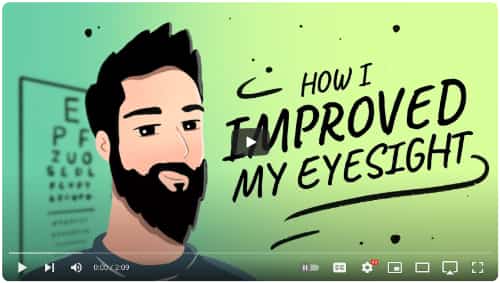ifyouwannabemylover
Chasing Vanity
- Joined
- Sep 20, 2020
- Posts
- 17,422
- Reputation
- 33,286
I didn't do stretching because according to skeptícs it gives barely an inch,but after i tried i am 3.5-4 inches taller,they still won't believe me and now i don't care about that.




